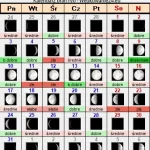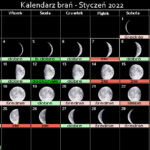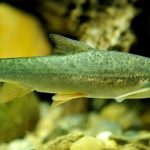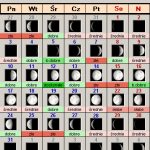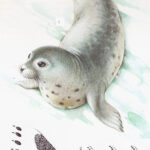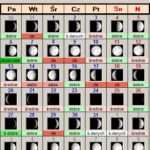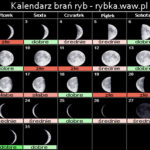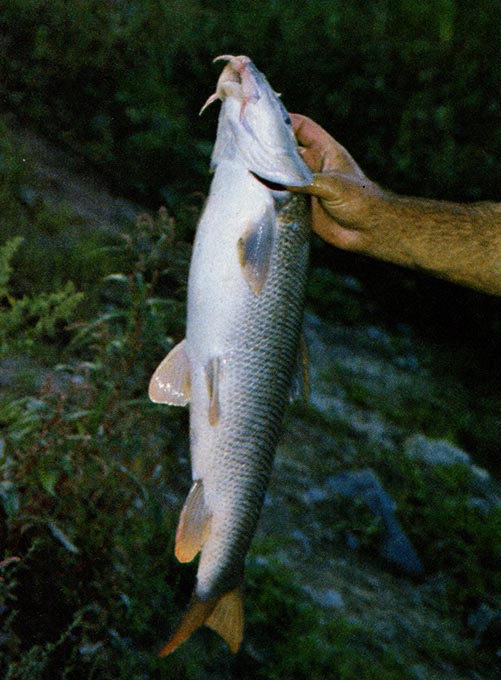 Czekają na nią wędkarze znad Sanu i Wisty, od Przemyśla po Tczew. Czekają cierpliwie. Co kilka dni odchodzą od swoich leszczowych przystawek, od gruntówek z ciężkim ołowiem i macają przepływankami po skraju nurtu. Ma bowiem brzana parę razy w roku przybrzeżne kaprysy. Trwają one po kilka dni, czasem tydzień, dwa… Na lądzie pozostaje po nich nieco wydłużonej łuski i tematy do pogwarek na najbliższe miesiące.
Czekają na nią wędkarze znad Sanu i Wisty, od Przemyśla po Tczew. Czekają cierpliwie. Co kilka dni odchodzą od swoich leszczowych przystawek, od gruntówek z ciężkim ołowiem i macają przepływankami po skraju nurtu. Ma bowiem brzana parę razy w roku przybrzeżne kaprysy. Trwają one po kilka dni, czasem tydzień, dwa… Na lądzie pozostaje po nich nieco wydłużonej łuski i tematy do pogwarek na najbliższe miesiące.
Lipiec, sierpień, wrzesień – to miesiące czekania na śliziaki, szulawy, barweny, bo regionalnych nazw brzana ma bez liku.
O szacunku to świadczy do siły tej ryby, o tym, że czas poświęcony na jej poszukiwania, na oczekiwanie na nią wynagrodzony zostanie z nawiązką. Walka, podczas której trzeszczeć będą kije, mdleć mięśnie przedramion.
Pod koniec września kończy się czekanie na brzany. Jeszcze tylko czasami jakiś dalekosiężny grunciarz będzie się mocował z tą niezwykłą rybą, może jakiś łowca sandaczy zaczepi ją za bok jigowym hakiem. Sam śliziak przypominać będzie o sobie do późnej jesieni, ba, nawet zimą zakłóci wyskokiem pozorną martwotę rzeki.
Ryba całego roku
Nie odkryli tego zwolennicy żółtego sera na haku ani rosówkarze. Nie pomogła dendrobena, rozmrożone krewetki, przywożone znad morza garnele – przynęty na brzanę nadzwyczajne latem i wczesną jesienią. Przeczucie od lat mieli spinningiści biczujący San obrotówkami. Dobrze dociążona „dwójeczka” z ciemnym skrzydełkiem potrafiła przynieść barwenę nawet w grudniu… Brzana od mięsnej diety nigdy nie stroni, ale niewielu wędkarzy pamięta, że dorosła niesionej z prądem rybce nigdy nie popuści. Nie są to gesty drapieżnika w pełnym znaczeniu tego słowa – śliziak nie ugania się za drobnicą, nie czatuje pod ławicami wierzchówek, nie przeczesuje dna w poszukiwaniu kiełbi. Anatomia na to nie pozwala, Mięsisty pysk otoczony zadziornymi wąsikami leży tak bardzo z dołu głowy, że trudno barwenie polować tak całkiem świadomie. Jej oczy z kolei osadzone są na górze czaszki, służą do bardzo pobieżnej, przybliżonej lokalizacja pożywienia. Potem musi włączać się dotyk – owe wąsiki, wrażliwy bardzo „nosek”, oraz rozległe okolice pyska. Rybki więc, bardzo przez brzanę lubiane, chwytane są przez nią niejako na ślepo. Nie zawsze biedulka trafia – wiedzą o tym specjalizujący się „w brzanie” wiślani spinningiści, którzy co i raz walczą z tą rybą zahaczoną za brodę, za pokrywy skrzelowe, czy nawet płetwę piersiową. Bynajmniej nie są to ryby ordynarnie podhaczone – to te, które dobrze nie pocelowały…
Brzana jest arcymistrzynią w chwytaniu niesionych z prądem kąsków. Żyje wszak w strefie pełnego nurtu, z której schodzi jedynie w bardzo mroźne zimy. Jej mózg jest niczym doskonale zaprogramowany komputerek – coś spływa, ona widzi, „przelicza” i chwyta. Najczęściej bezbłędnie. Bezbłędnie też ustawia się w smudze zanęty – wykorzystują to bez litości przepływankowcy. Ale spinningiści też znają prawo smugi i biorąc poprawkę na ślizową rybożerność, potrafią znaleźć miejsca, gdzie nurt co i raz porywa ze spokojnej wody jakiś rybi drobiazg i niesie w stronę brzanowej mordy.
Już w październiku wierzchówka szuka zimowej ostoi. Umyka więc barwenie ze stołu. Jeszcze tylko kiełbie zdejmowane są przez nurt z piaszczystych blatów. Ale właśnie jesienią, zimą oraz wczesną wiosną brzany nie popuszczą żadnej rybce porwanej przez prąd. Wszak jest to najbardziej kaloryczna, energodajna dieta.

